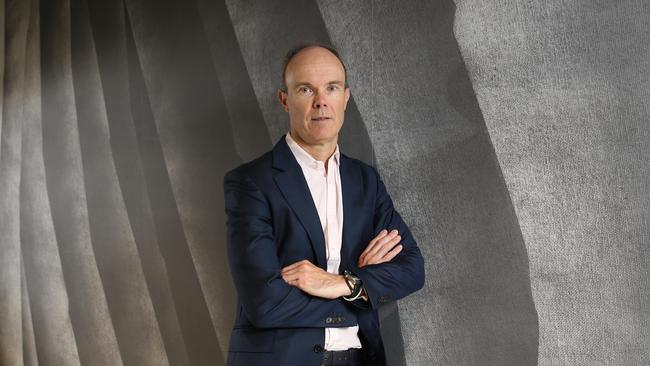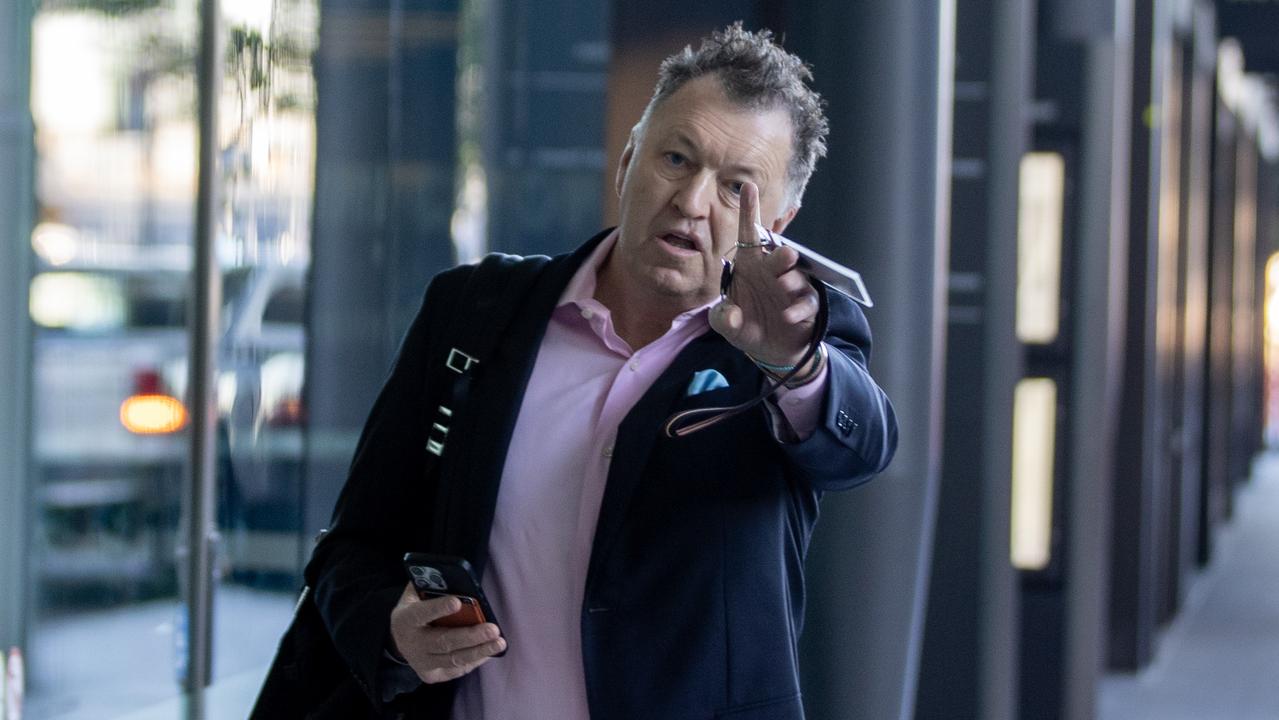Magellan Financial chair Hamish Douglass defends Barrenjoey Capital Partners stake
The $155m investment was ‘modest in the context of the size of Magellan and our financial resources’.

Magellan Financial’s investment in Barrenjoey Capital Partners is a relatively small bet for the global fund manager and the newly formed full-service investment bank’s prospects are comparable to Magellan’s when it started in 2006, according to chairman and co-founder, Hamish Douglass.
While “meaningful”, the $155m investment was “actually very modest in the context of the size of Magellan and our financial resources” and met all of the fund manager’s criteria for principal investments, Mr Douglass told investors at the company’s annual meeting on Thursday.
“We are excited about the prospects for Barrenjoey and it reminds me of the early days here at Magellan,” Mr Douglass said.
“Fourteen years later, it is incredible to see what can be achieved by talented people who are aligned in a common goal, with a common purpose, backed by a strong balance sheet, and not being constrained by existing systems or processes.”
It comes after analysts questioned the investment when it was disclosed last month.
“At face value the investment looks questionable, given investment banks tend to trade on lower multiples versus Magellan and the investment will likely initially be loss-making, although a $155m investment for a $10bn company that is highly cash generative is only relatively small,” CLSA’s Ed Henning said in a report last month, even as he upgraded the fund manager to outperform.
“For a foundation business that will likely incur significant upfront costs in order to achieve scale this investment clearly comes with a high degree of risk and uncertainty,” said Macquarie Equities’ Brendan Carrig, while reiterating his underperform rating. “Should Barrenjoey not gain the required leveI of traction across the Australian client base within 18-24 months, success without further investment will likely be hard to come by.”
Morgan Stanley’s Andrew Stadnik kept his Magellan rating at underweight after the disclosure. After raising capital for such growth options he said, it would be hard for Magellan to regain its previous return on equity of greater than 55 per cent from 40 per cent now, he said.
“Magellan is one of the most expensive asset managers in the world,” he added.
Magellan’s share price fell as much as 5.5 per cent to a three-month low of $53.80 after the deal was announced last month, but it subsequently rose 20 per cent to $64.44 before falling back to $59.47.
Mr Douglass dismissed such concerns, arguing that Barrenjoey’s partnership model — whereby control, equity ownership and core decision making sits with executives — allowed a “nimble, aligned and entrepreneurial approach” that “uniquely positions the business in the Australian market”.
With a large market opportunity that’s likely to extend beyond Australia and New Zealand in the longer term, he also believed Barrenjoey would boost Magellan’s intellectual capital through staff programs, the exchange of ideas, and the co-development of investment or business opportunities.
“In this sense, the investment in Barrenjoey increases our ability to attract and train outstanding people, and provides more optionality when considering new opportunities,” he said.
“We believe combining outstanding people and capital in the right ownership structure, with properly aligned incentives, has the potential to deliver outstanding results over time.”
Asked whether Barrenjoey had made any progress toward revenue generation, Mr Douglass noted that while as many as 70 people were building the infrastructure of the new organisation, the majority of new hires would be on leave for the rest of the year due to their contractual obligations with previous employers, so the business wouldn’t actually be launched until next year.
“All I would say is the business is getting very good feedback from both institutional clients and corporate clients.
“We feel very good where it’s headed,” he said.
“But this isn’t a story about what revenue will be earned in the next six months, we simply couldn’t care less if there’s no revenue in the next six months.
“If you offered me in six years that there’s no revenue we would have some great concerns. But that’s not going to be the case …
“The next six months is more about building the business.”



